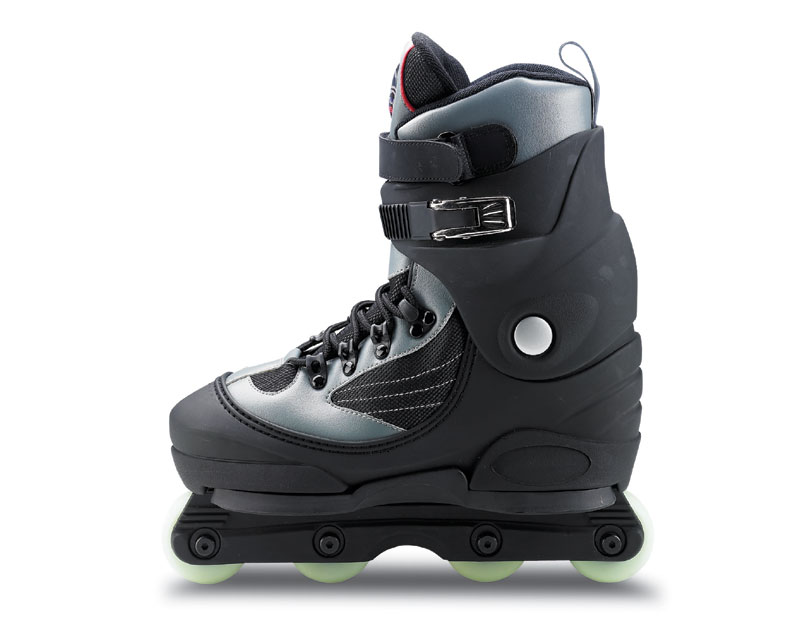How to Adjust Inline Skates

In addition to coming in different varieties depending on the level of the skater (beginner, advanced, etc), in-line skates are also available in a wide array depending on your activity of choice – e.g. whether you are a ramp skater, or an in-line hockey players, etc. Along with the necessity of breaking them in, altering the brakes, laces, wheels, and bearings are also things that need to be done in order to adjust your skates to fit your needs and requirements.
Things Required:
– In-line skates
– Three-sided in-line skate tool (Allen wrench, bearing gripper)
– Extra set of wheels, opposite in hardness from the wheels on the skate
– In-line skate-bearing lubricant
Instructions
-
1
To begin, the first thing that needs to be done is to break the skates in. This can easily be done by putting them through a couple of skating sessions, until the newness wears off, and you begin to feel more comfortable in them. Depending on whether you are prone to blisters, and on how tight or loose the skates feel, you will need to decide whether to wear thin or thick socks with them. If the skates have bindings, you will also need to fix on a certain level of tightness; if they feel too tight at first, don’t worry – your feet may eventually get used to it, and require that particular degree of tightness for support.
-
2
In addition to breaking them in, it is also important to alter your brakes to suit your level of skating. For example, beginners require brakes on the back of the foot, while intermediate and advanced skaters can safely remove these, and use other techniques for braking, such as the T-stop or the hockey stop. You will also need to adjust if your skates come with laces instead of bindings – in this case, make sure you invest in extra long laces, that you can tie around your ankles a couple of times, for additional support.
-
3
The wheels and bearings also need to be adjusted in in-line skates, in accordance with the skating surface and your ability. Bearings range in terms of speed (e.g. ABC 1-5), and can be removed and replaced by using a three-sided in-line skating tool (more particularly the bearing gripper), and some bearing lubricant. The wheels need to be adjusted according to the surface – if the surface is smooth (such as a hockey rink), soft wheels will do, while rougher surfaces (like the road or sidewalk) require harder wheels. Wheels can easily be removed by using an Allen wrench.







